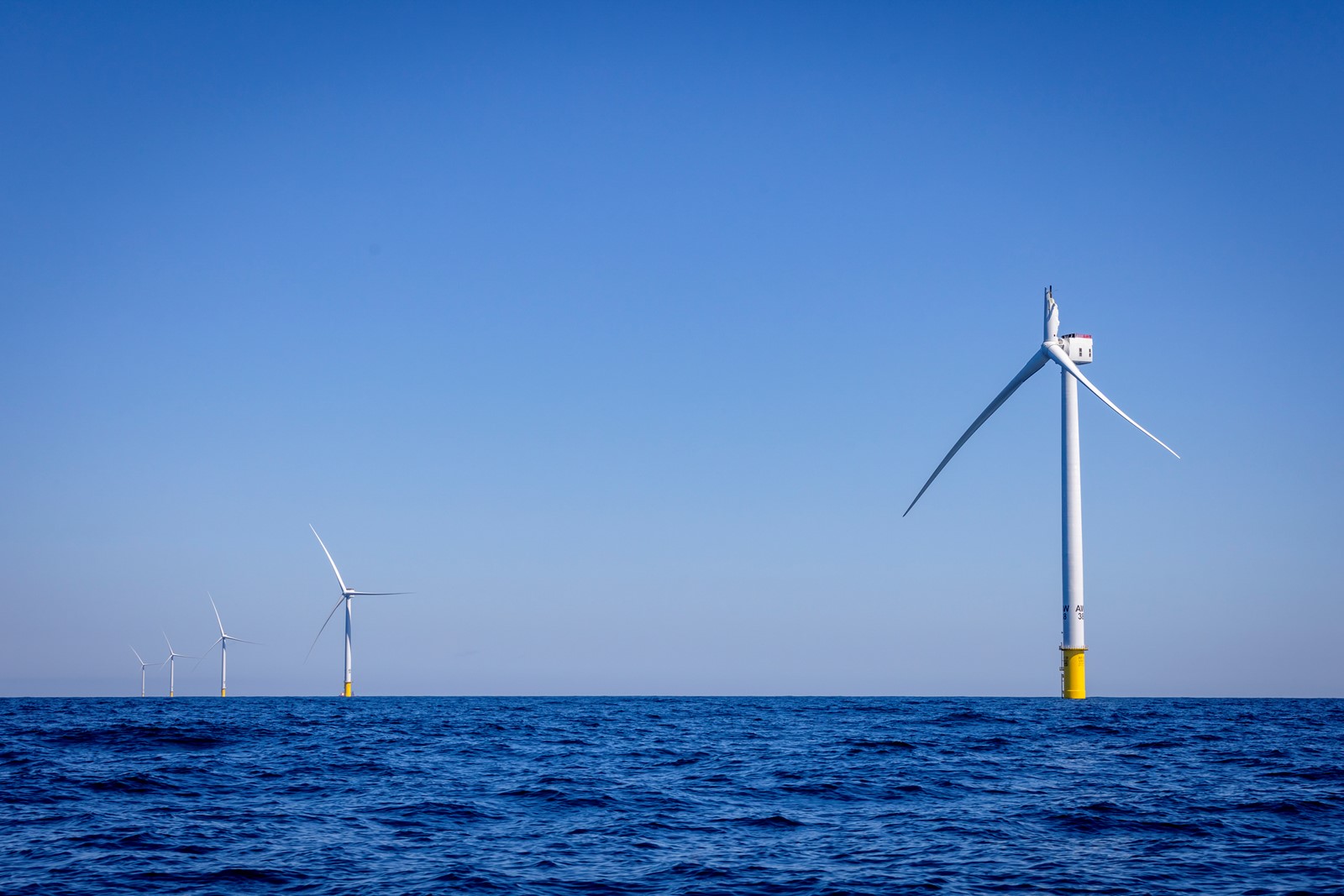Federal agencies tasked with halting wind farms
They will study whether offshore sites would harm humans or U.S. defense.

The White House has instructed half a dozen agencies to draft plans to thwart the offshore wind industry. President Donald Trump has called the energy plants ugly, expensive and inefficient. Other government officials have said the wind turbines could impact public health. Randi Baird - The New York Times
By Maxine Joselow, Lisa Friedman, and Bran Plumer | The New York Times
The White House has taken the extraordinary step of instructing a half-dozen agencies to draft plans to thwart the country's offshore wind industry as it intensifies its governmentwide attack on a source of renewable energy that President Donald Trump has criticized as ugly, expensive and inefficient.
Susie Wiles, the White House chief of staff, and Stephen Miller, a senior White House adviser, are leading the effort, according to two people briefed on the matter who spoke on the condition of anonymity because they were not authorized to comment publicly.
Agencies that typically have little to do with offshore wind power have been drawn into the effort, the two people said. At the Health and Human Services Department, for instance, officials are studying whether wind turbines are emitting electromagnetic fields that could harm human health. And the Defense Department is probing whether the projects could pose risks to national security.
Last week, Robert F. Kennedy Jr., the health and human services secretary, said he was working with Doug Burgum, the interior secretary; Howard Lutnick, the commerce secretary; Chris Wright, the energy secretary; and Pete Hegseth, the defense secretary, as part of a "departmental coalition team" to investigate the risks from offshore wind farms.
"We're all working together on this issue," Kennedy said during a Cabinet meeting.
Brigit Hirsch, a spokesperson for Lee Zeldin, the Environmental Protection Agency administrator, said Tuesday that he, too, is involved in discussions about offshore wind at "a high level."
And Sean Duffy, the transportation secretary, lastweek canceled orwithdrew $679 million in federal funding for marine terminals, port improvements and other facilities that were designed to support the offshore wind industry. Duffy called them "wasteful wind projects."
Representatives for the White House did not immediately respond to a request for comment.
When the Trump administration abruptly ordered that construction stop last month at Revolution Wind, a $4 billion wind farm off the coast of Rhode Island that is 80% complete, it alluded to national security concerns without elaborating. The administration has since seized on the idea that offshore wind projects could threaten national security.
"In particular there are concerns about radar relative to undersea, and it doesn't have to be a large Russian sub, but undersea drones," Burgum said on CNN last week, referring to the decision to halt construction at Revolution Wind.
"People with bad ulterior motives to the United States could launch a swarm drone attack through a wind farm. The radar gets very distorted if you're trying to detect and avoid if you've got drones coming."
Some experts said they were baffled by the comments. By law, offshore wind projects already undergo an extensive review process by the Defense Department. The Pentagon had participated in a review of Revolution Wind and, in 2023, signed off on modifications that would reduce or avoid effects on military radar operations.
Trump has disparaged wind power ever since he failed 14 years ago to stop an offshore wind farm visible from one of his golf courses in Scotland. He railed against wind and solar power during his presidential campaign last year, when he also promised oil and gas executives that he would make policy changes that would help their industry, such as rolling back environmental rules.
